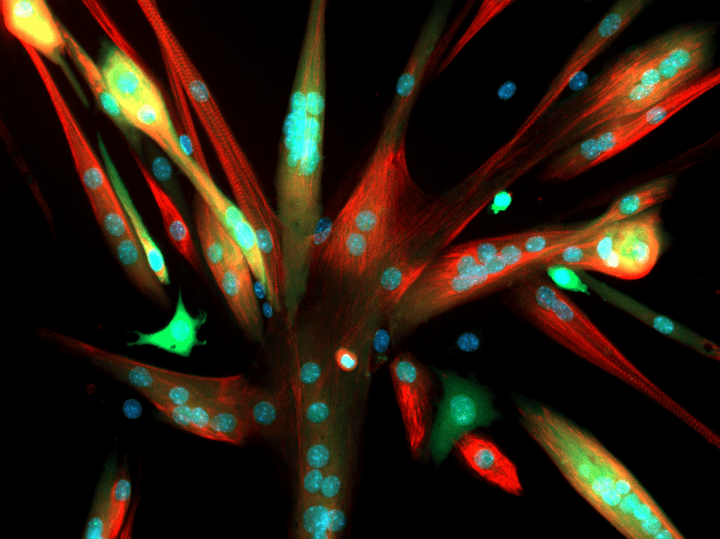The Fluidic Muscle is a strong tensile actuator with contractible elastomers that allow for fluid, elastic movement.
Benefits
- Increased strength
- Increased flexibility
- Use in extreme conditions
Applications
- Production
- Manufacturing
UN Sustainable Development Goals Addressed
-

Goal 9: Industry Innovation & Infrastructure
The Challenge
Pneumatic devices are used extensively in industrial and manufacturing processes. These actuators must be large enough to provide sufficient strength for the job, but this usually requires a lot of energy. The actuators are also subject to continuous maintenance due to contamination, which increases cost.
Innovation Details
The bionic muscles consist of contractible tubing made of a rubber diaphragm filled with heat-resistant, strong, synthetic fibers called aramid yarns. The diaphragm provides an air-tight seal to protect against outside elements. When the fluidic muscle fills with air, it increases in diameter and contracts in length, enabling sequences that closely approximate human movements. The fluidic muscle can exert ten times the force of a comparably sized cylinder, and can even be used under extreme conditions, including sand and dust.
Biological Model
Muscles are essential for animal movement, and they are made up of thousands of small fibers. The fibers move in a specific sequence when the muscles flex, in order to deliver power and flexibility quickly.






